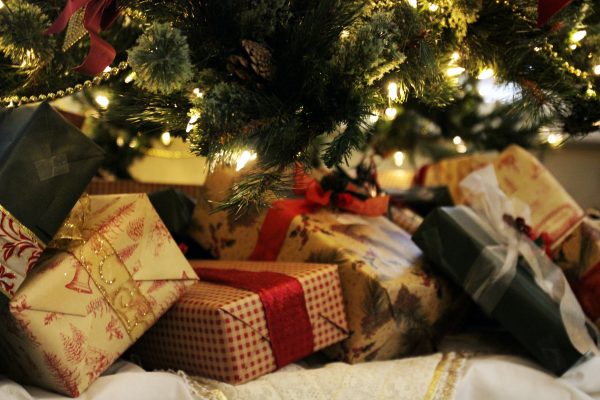There can be no doubt that 2020 was a year most of us would like to see the back of as we all eagerly wait to usher in the new year in the hope of a more ‘normal’ 2021. But, before we get to New Year, we can at least look forward to celebrating Christmas, a favourite season for many.
Seeing photos of people decorating their houses and look forward to Christmas dinner got us thinking, what are the meanings behind some of the Christmas traditions here in Scotland that we seemingly take for granted? Never one to shy away from a good question, we got straight to work delving into the history behind some of the popular (and not so popular) Scottish Christmas traditions, and we discovered some fascinating stories. Let’s get started, shall we?
Christmas is banned?
We love Christmas here in Scotland, but did you know that Christmas was banned here for almost four centuries? The Scottish Parliament even passed a law in 1640 that made celebrating ‘Yule vacations’ illegal. It took until 1958 for Christmas to be officially recognised as a Scottish public holiday. So, while many today take for granted that you do not work on Christmas day, history shows us that this was not always the case for many people.
Scottish Christmas Traditions
Many Christmas traditions have come and gone in Scotland over the years. Some have endured, others have faded from use. Less common ones today include the baking of unleavened ‘Yule bread’ for each person in their family. The tradition being that whoever found a trinket in their loaf would be blessed with good luck for the year!
The burning a rowan twig was also a popular tradition among Scots. The was done as a way to get rid of any bad feelings between friends or family. There was also the traditional ‘first-footer’, who was the first person to arrive at your house on Christmas Day (this tradition is more common on New Years today). First-footers would arrive with gifts such as coal, whisky, salt and bread.
‘Black buns’ are also a popular first-footing gift – made with raisins, currants, almonds, citrus peel, allspice, ginger and cinnamon, and topped with pastry. Why not have a go at making one yourself?
One really quirky Scottish Christmas tradition we discovered was ‘divination’ which was once a popular. On Christmas Eve, a single person would crack an egg into a cup. The shape of the egg white would then determine the profession of the persons possible future partner. The egg was then mixed into a cake, and if the cake cracked during baking, the person would have bad luck for next year!
Common traditions
Other Scottish Christmas traditions are similar to those found elsewhere in Europe. People sing carols (also known as wassailing) and decorate their houses with Christmas lights. There is, of course, the traditional Christmas tree that is situated prominently in the house and a wreath on the door usually made from holly. Children write letters to Santa Claus, and on Christmas Eve leave something for him to eat. In Scotland, though, this is typically a mince pie and to drink, Santa is treated to a sherry or even whisky!
On Christmas Day, people give presents before gathering around the table for the Christmas dinner, usually a large meal that includes Turkey, potatoes, carrots and the very polarising brussels sprouts (in Scotland, you either love them or hate them). People pull Christmas crackers, tell jokes, and would usually spend the rest of the evening playing games with the rest of the family.
That’s a wrap
It’s fascinating to see some of the traditions that have come and gone in Scotland as well as the ones that have survived to this day in some shape or form. No matter how strange or unusual sounding these may be, the common theme at Christmas (past and present) is one of joy and celebration, spending time with friends and family and enjoying good food and good company.
So, no matter where you are in the world, we wish you a safe and happy Christmas and a wonderful New Year in 2021 from everyone here at UofStirling.

